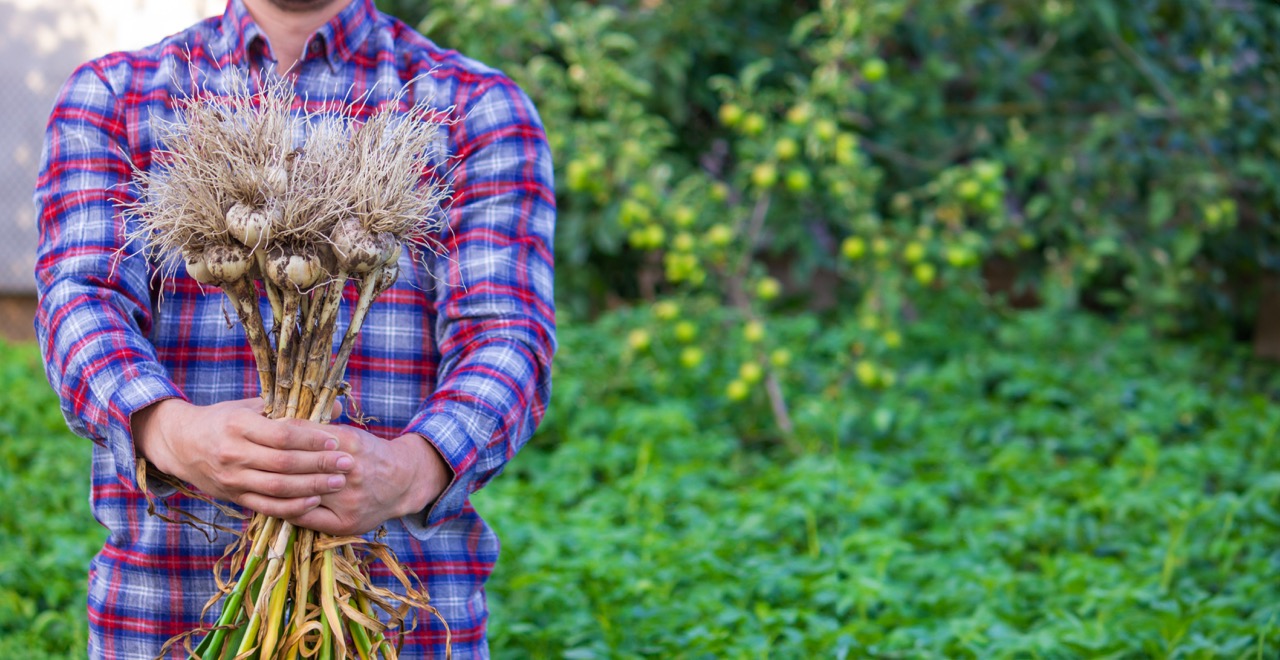Sharecropping has long been a pivotal agricultural model, especially in regions where limited resources and land ownership issues prevail. This system allows farmers to cultivate land owned by someone else while splitting the harvest, making it a viable option for many small-scale producers. However, marketing crops produced through sharecropping presents distinct challenges and opportunities that require strategic planning. This article delves into effective ways to market sharecropped crops, from understanding the model itself to identifying target markets and establishing strong partnerships.
Understanding Sharecropping: A Unique Agricultural Model
Sharecropping is a system that originated as a response to the economic aftermath of the Civil War in the United States, primarily in the Southern states. It allows landowners to lease their land to farmers, who in turn pay a portion of their harvest as rent. This arrangement enables farmers, often without capital or land, to grow crops and earn a living. In this model, the roles of landowner and farmer are distinct, yet interdependent, creating a dynamic that can affect everything from crop selection to marketing strategies.
In a sharecropping arrangement, the balance of power can vary significantly based on the terms of the agreement, crop yield, and external market conditions. Sharecroppers may have limited control over what they plant, which can impact the marketing of their products. Understanding these dynamics is crucial for sharecroppers who wish to successfully position their crops within the marketplace. They must navigate not only their production capabilities but also the expectations of their landowners and the existing agricultural market.
Furthermore, sharecropping often leads to a reliance on traditional crops that may not yield the highest profits. This can limit the opportunities for marketing and selling to niche markets or achieving premium pricing. Recognizing the unique challenges and opportunities presented by sharecropping is the first step toward developing effective marketing strategies that can elevate the visibility and profitability of these crops.
Identifying Target Markets for Sharecropped Crops
To effectively market sharecropped crops, it is crucial to identify the right target markets. These markets may vary based on crop type, seasonality, and local demand. Conducting thorough market research can reveal insights into consumer preferences, emerging trends, and purchasing power within the community. Understanding the demographics and buying behaviors of potential customers can inform decisions about which crops to prioritize for planting and marketing efforts.
Local farmers’ markets, community-supported agriculture (CSA) programs, and restaurants that prioritize locally-sourced ingredients are excellent places to start. These venues often seek fresh, unique products and can provide sharecroppers with direct access to consumers who value quality and sustainability. Additionally, understanding the role of wholesalers and distributors can open new avenues for reaching larger audiences beyond the local market.
Moreover, consideration of niche markets is crucial. Organic and specialty crops often command higher prices and can appeal to health-conscious consumers. By exploring these alternative markets, sharecroppers can maximize their returns, ensuring that they are not only meeting the needs of traditional buyers but also tapping into the growing demand for unique agricultural products.
Effective Marketing Strategies for Sharecropped Produce
Once target markets are identified, sharecroppers must employ effective marketing strategies to ensure their crops stand out. Branding plays a critical role in this process. Developing a strong brand identity that captures the essence of the crop, the farming practices used, and the story behind the land can resonate deeply with consumers. Clear, consistent messaging across social media platforms and other marketing channels can help create a loyal customer base.
Engagement with the local community through events and educational initiatives can also enhance visibility. Farm tours, cooking demonstrations, or participation in community fairs can showcase the quality of the crops while building relationships with potential customers. Utilizing digital marketing, including dedicated websites or social media campaigns, can further amplify the message, reaching a broader audience eager for fresh, locally-grown produce.
Additionally, leveraging partnerships with local chefs and restaurants can serve as an effective marketing tool. By showcasing dishes made with sharecropped produce, farmers can demonstrate the value and flavor of their crops while attracting the attention of food enthusiasts. Collaborations can also lead to word-of-mouth marketing, which is invaluable in building trust and credibility within the community.
Building Strong Partnerships to Boost Crop Sales
Building robust partnerships is essential for maximizing sales potential for sharecropped crops. Establishing relationships with other local farmers can create opportunities for cooperative marketing, where multiple producers work together to promote their products. This not only helps share costs associated with marketing but can also enhance the diversity of offerings available to consumers, making the collective more attractive to buyers.
Collaboration with local businesses, such as grocery stores or restaurants, can also lead to mutually beneficial arrangements. By sourcing produce from sharecroppers, businesses can promote their commitment to local agriculture and sustainability. These partnerships can result in cross-promotional opportunities, where both parties drive traffic to each other’s establishments. Such collaborations can strengthen community ties and foster a sense of local pride in supporting regional farmers.
Furthermore, engaging with agricultural organizations and extension services can provide valuable resources and expertise. These entities can often offer training in marketing techniques, access to broader distribution networks, and insights into best practices for crop production. By leveraging these resources, sharecroppers can enhance their operational efficiency and marketing effectiveness, ultimately leading to increased sales and stronger community relationships.
In conclusion, marketing crops grown through sharecropping requires a multifaceted approach that involves understanding the unique aspects of the system, identifying target markets, employing effective marketing strategies, and building partnerships. By embracing these strategies, sharecroppers can not only increase their visibility and sales but also contribute to the sustainability of local agriculture. The success of sharecropping hinges on the ability to adapt and innovate in an ever-changing market, ensuring that both farmers and landowners thrive in a collaborative agricultural ecosystem.










